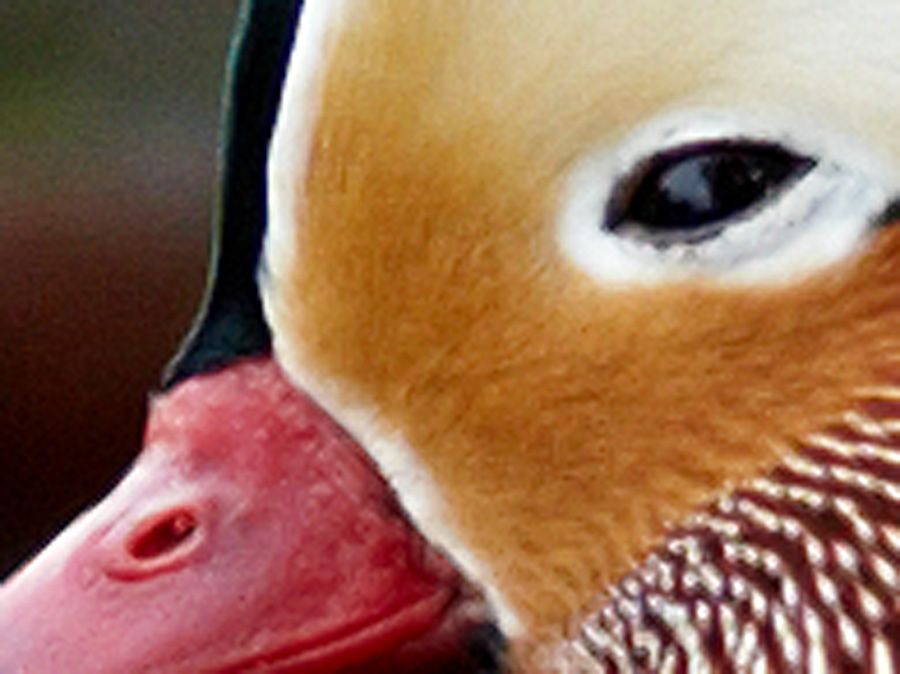jrista said:Radiating said:Canon WANTS diffraction to be a limiting factor so that they can remove the AA filter.
If you look at a sharp lens at f11 like a super telephoto and a soft lens at f/11 the sharp lens looks sharper despite being at the diffraction limit.
What 24MP does is it allows the whole system to be sharper due to a weaker AA filter. Diffraction is the best AA filter on earth, current ones degrade the image by 20% which is a lot.
Where do you get that 20% figure? I can't say I've experienced that with anything other than the 100-400 @ 400mm f/5.6...however in that case, I presume the issue is the lens, not the AA filter...
MTF tests of the D800 and D800E back to back
hjulenissen said:If the AA filter is an expensive/complex component, increasing the sensel density until diffraction takes care of prefiltering is definitely one possible approach.Radiating said:Canon WANTS diffraction to be a limiting factor so that they can remove the AA filter.
Diffraction is dependant on aperture, and not a constant function. In practice, one never have perfect focus (and most of us dont shoot flat brick-walls), so defocus affects the PSF. Lenses and motion further extent the effective PSF. The AA filter is one more component. I have seen compelling arguments that the total PSF might as well be modelled as a Gaussian, du to the many contributors that change with all kinds of parameters.What 24MP does is it allows the whole system to be sharper due to a weaker AA filter. Diffraction is the best AA filter on earth, current ones degrade the image by 20% which is a lot.
Claiming that the AA filter degrade "image quality" (?) by 20% is nonsense. Practical comparisions of the Nikon D800 vs D800E suggests that under some, ideal conditions, the difference in detail is practically none, once both are optimally sharpened. In other conditions (high noise), you may not be able to sharpen the D800 to the point where it offers details comparable to the D800E. Manufacturers dont include AA filters because they _like_ throwing in more component, but because when the total, effective PSF is too small compared to pixel pitch, you can have annoying aliasing that tends to look worse and is harder to remove than slight blurring.
-h
You can't compare an unsharpened D800E image to a sharpened D800 image, that's not how information processing works.
The AA filter destroys incoming information from the lens, irreversibly. Sharpening can trick MTF tests into scoring higher numbers, but that is besides the point.
Yes diffraction changes with aperture but if you always shoot below f/5.6 you can ditch the AA filter without consequence, and those images shot below f/5.6 would be sharper than those taken with the same camera with an AA filter.
Upvote
0





